When it comes to navigating the complexities of forex trading, mastering the top 7 momentum indicators can be a game-changer for your strategies.
Understanding how these indicators can uncover crucial insights into market trends and potential reversals is essential for any trader looking to stay ahead.
By delving into the nuances of indicators like the Relative Strength Index (RSI) and the Moving Average Convergence Divergence (MACD), you can gain a competitive edge in the fast-paced world of forex trading.
Relative Strength Index (RSI)
Utilize the Relative Strength Index (RSI) as a pivotal tool for evaluating the velocity and magnitude of price fluctuations within a given currency pair.
RSI, a momentum indicator, assists traders in identifying overbought and oversold conditions in the market, potentially signaling a reversal in trends.
With values ranging from 0 to 100, readings above 70 suggest overbought levels, while those below 30 indicate oversold conditions.
Traders leverage RSI to confirm trends, detect divergences between price movements and RSI, and generate buy or sell signals.
Average Directional Index (ADX)
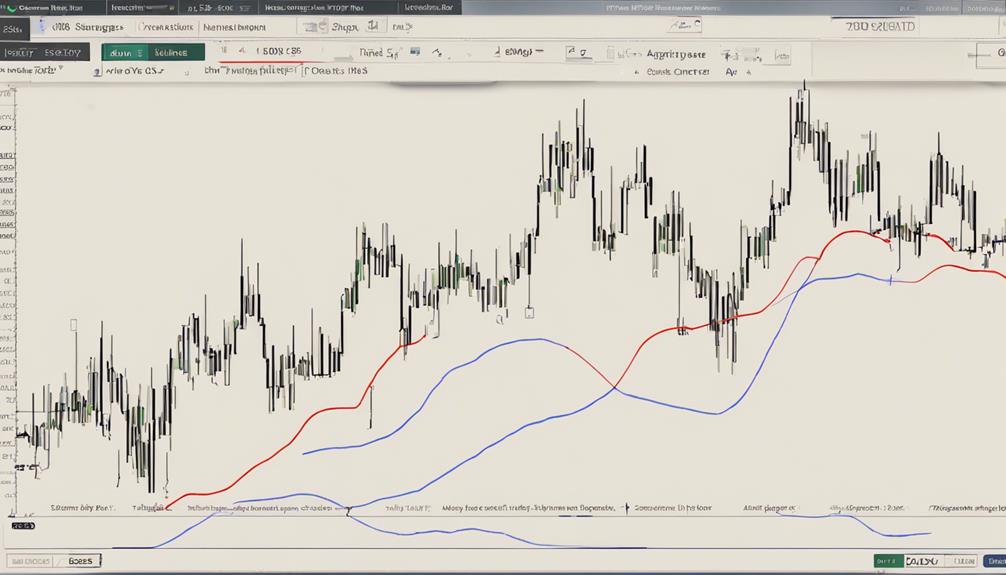
When considering the points concerning the Average Directional Index (ADX), focus on understanding its calculation process and interpreting the signals it generates. ADX serves as a valuable tool for traders to gauge the strength of a trend in the Forex market.
ADX Calculation Process
To calculate the ADX (Average Directional Index) in Forex trading, you start by finding the absolute value of the difference between the current high and the previous high, as well as between the current low and the previous low.
The True Range (TR) is determined as the highest value among the current high minus the current low, the current high minus the previous close, or the current low minus the previous close.
Subsequently, the Average True Range (ATR) is computed by smoothing the TR values over a specific period.
ADX, derived from the smoothed average of directional movement values over a designated period, typically 14 periods, ranges from 0 to 100. Readings above 25 indicate a robust trend, while values below 20 suggest a weak trend.
Interpreting ADX Signals
After understanding how the ADX is calculated and the significance of its values, interpreting ADX signals in Forex trading becomes crucial for identifying potential trend strength and market conditions.
ADX measures trend strength objectively, free from direction bias. Values exceeding 25 indicate a robust trend, while readings below 20 suggest a weak trend or a market in a range-bound state.
Observing rising ADX levels signals increasing trend strength, whereas falling levels may signify a weakening trend. A crossover above the 25 mark on the ADX scale can indicate the emergence of a new trend or the continuation of an existing one.
Traders often combine ADX with other indicators to confirm trend direction and pinpoint potential trade opportunities effectively.
Commodity Channel Index (CCI)
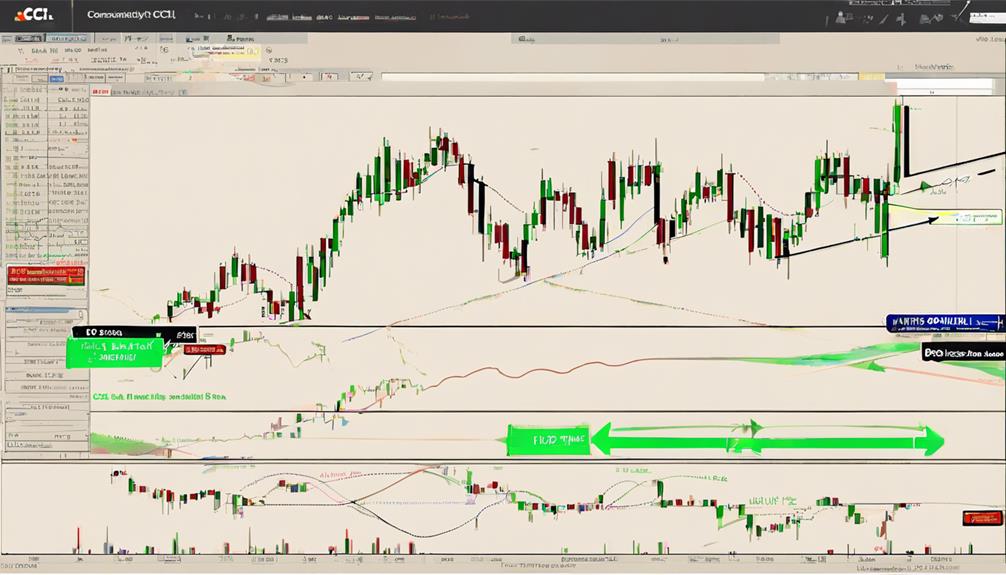
Comparing a currency pair's current price to its historical average, the Commodity Channel Index (CCI) is an essential oscillator created by Donald Lambert for forex trading. CCI helps traders identify overbought (+100) or oversold (-100) conditions, crucial for spotting potential trend reversals or continuation points.
By assessing market momentum, CCI assists in determining optimal entry or exit points. This indicator offers a valuable perspective on price levels relative to historical averages, aiding in decision-making processes. Traders rely on CCI to interpret market conditions accurately, making it a key tool in navigating the dynamic forex landscape.
Utilize CCI effectively to enhance your trading strategies and capitalize on market opportunities.
Moving Average Convergence Divergence (MACD)
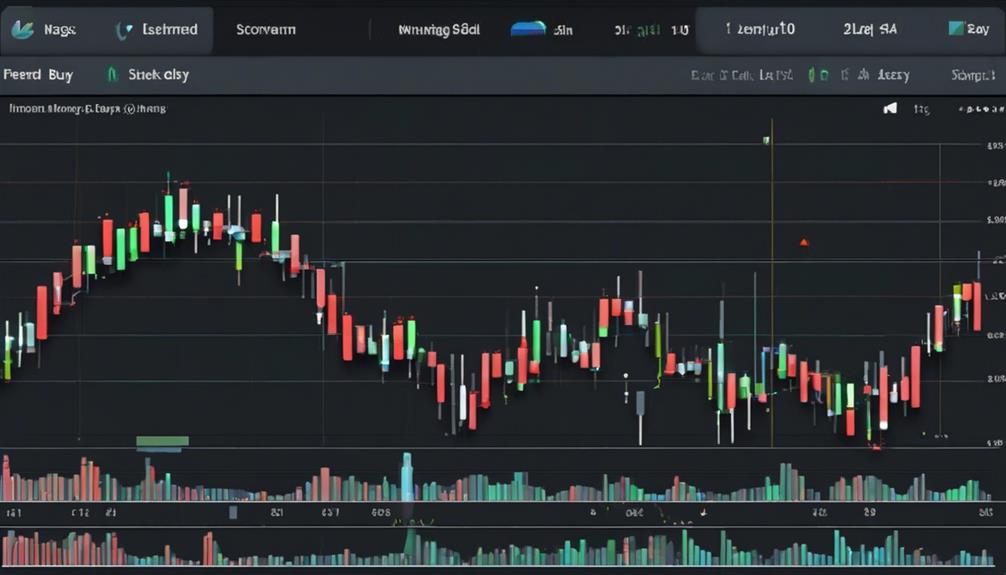
Analyzing the relationship between two moving averages of a currency pair, Moving Average Convergence Divergence (MACD) is a robust momentum indicator widely utilized in forex trading. MACD assists traders in determining the strength and direction of a market trend.
By observing the convergence and divergence of the moving averages, traders can spot potential trend reversals. The indicator generates buy or sell signals when the MACD line crosses above or below its signal line on the zero line. This helps traders confirm trend direction and make informed decisions regarding market entries and exits.
Understanding MACD's signals and the momentum it represents is crucial for traders seeking to capitalize on market trends effectively.
Momentum
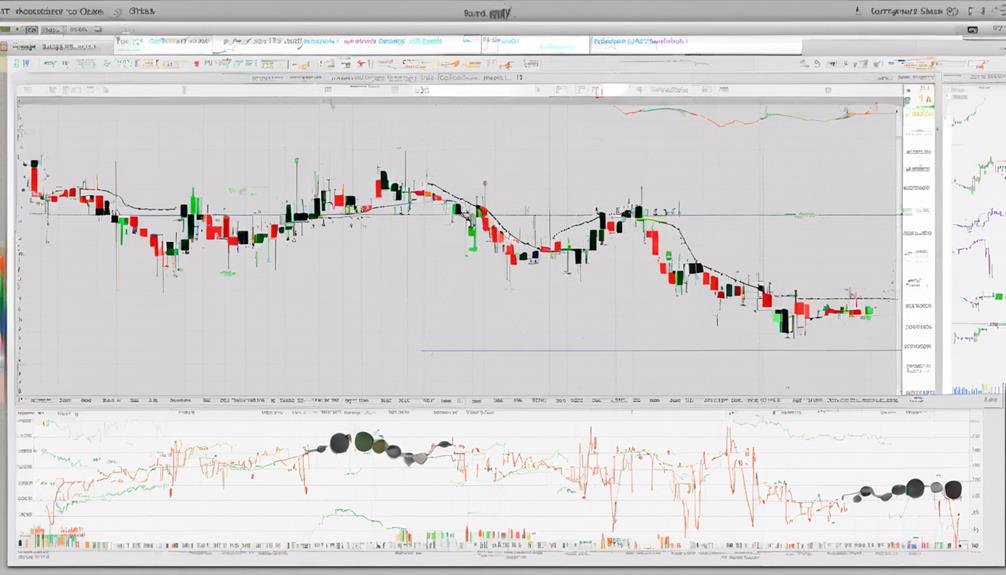
When considering the points related to momentum in forex trading, it's crucial to grasp the significance of momentum and how to leverage it effectively.
By understanding the importance of momentum and how to utilize it in your trading strategies, you can make informed decisions that align with market trends.
Employing momentum indicators like RSI, MACD, or Stochastic Oscillator can aid in assessing price momentum accurately for more successful trading outcomes.
Importance of Momentum
Assessing market momentum through indicators in Forex trading is a critical aspect of gauging price movement strength and speed. Momentum indicators such as RSI, MACD, and ADX are vital tools for traders to evaluate market direction and identify overbought or oversold conditions. By comparing current price levels with historical data, these indicators offer valuable insights into the intensity of price movements.
Understanding the importance of momentum indicators is key to making well-informed trading decisions. Traders rely on these indicators to interpret and analyze price trends effectively in the dynamic Forex market. Incorporating momentum analysis into your trading strategy can enhance your ability to navigate market fluctuations and capitalize on trading opportunities.
Using Momentum Effectively
To effectively utilize momentum indicators in forex trading, it's crucial to understand how these tools can provide valuable insights into market dynamics and assist in making informed trading decisions. Traders rely on momentum indicators to gauge the strength of price movements, identify trends, and pinpoint potential entry and exit points.
These indicators, such as RSI, MACD, and Stochastic Oscillator, offer signals that can help traders confirm trends and recognize overbought or oversold conditions. By incorporating momentum indicators into trading strategies, traders can make more precise trading decisions in the dynamic forex market.
Utilizing these tools effectively enhances the ability to capitalize on market opportunities and manage risk efficiently.
Rate of Change
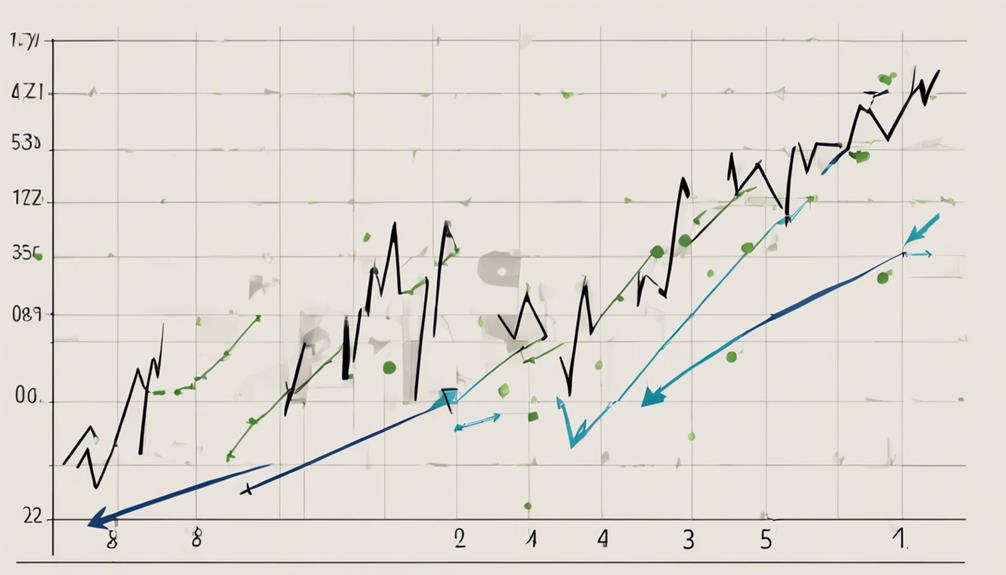
Rate of Change (ROC) serves as a crucial indicator in forex trading. It reveals the speed at which price movements occur by comparing current prices to previous ones. It offers insights into momentum shifts, with a positive ratio indicating strong momentum and a negative ratio signaling weaker momentum.
Traders leverage ROC to spot potential trend reversals or to confirm the strength of an ongoing trend. Calculated as a percentage change in price over a specified period, ROC provides a clear view of price movement acceleration.
Stochastic Oscillator
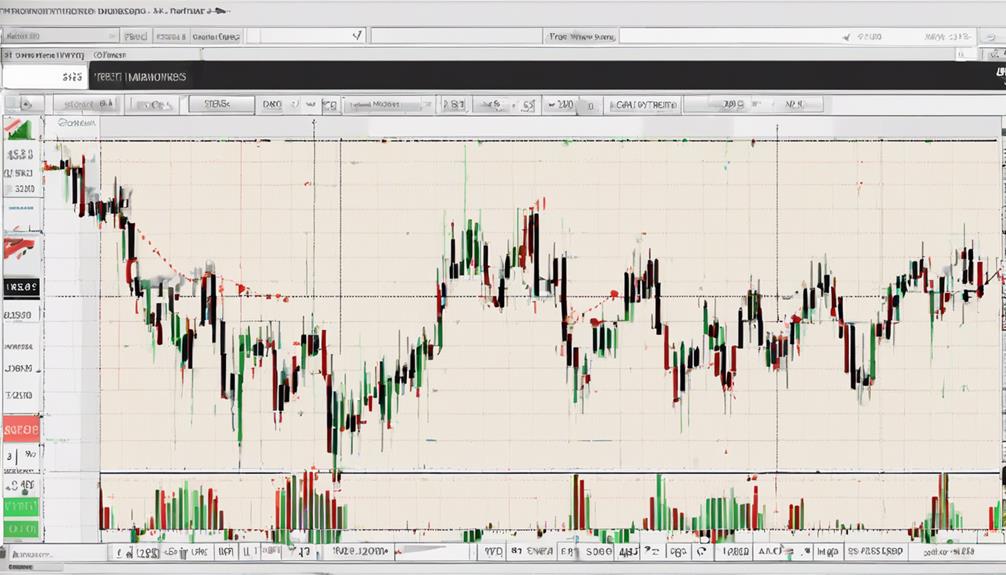
Calculating the Stochastic Oscillator involves comparing a currency pair's closing price to its price range over a specified 14-day period. This momentum indicator helps identify overbought and oversold market conditions, crucial for spotting potential trend reversals.
Readings above 80 indicate overbought levels, while below 20 signals oversold conditions. Traders rely on the Stochastic Oscillator to generate buy or sell signals based on these levels.
It oscillates between 0 and 100, offering insights into the speed and momentum of price movements. By using this indicator effectively, traders can make informed decisions on entry and exit points, enhancing their trading strategies in the Forex market.
Are the Top Momentum Indicators in Forex Trading Also Suitable for Day Traders?
When it comes to day trading, it’s essential to find momentum indicators for day traders that work effectively in the fast-paced environment. Some top momentum indicators, such as the Relative Strength Index (RSI) and Moving Average Convergence Divergence (MACD), are also suitable for day traders due to their ability to identify short-term trends and potential entry/exit points.
Frequently Asked Questions
What Is the Best Indicator for Momentum in Forex?
The best indicator for momentum in forex trading depends on your strategy and preferences. Consider popular options like RSI, MACD, Stochastic Oscillator, ADX, and Momentum Indicator. Experiment to find what works best for you.
What Is Momentum 10 Indicator?
Momentum 10 indicator calculates price difference between current and 10 periods ago, gauging price change rate. It confirms trend strength and possible reversals in forex. Traders rely on it alongside other indicators for sound decisions on market momentum.
What Is the Most Powerful Forex Indicator?
You're on the right path in forex with the Moving Average Convergence Divergence (MACD). This indicator excels in spotting momentum shifts and trend reversals, giving you a strategic edge for profitable trading decisions.
What Is the Mom of the Momentum Indicator?
The Mom of the Momentum Indicator in Forex trading measures the price difference over a specific period, helping you gauge market momentum. By subtracting the closing price n-periods ago from the current one, it aids in trend analysis and decision-making.
Conclusion
In conclusion, mastering the top 7 momentum indicators in forex trading can catapult your success to new heights. With these tools at your disposal, you'll be able to navigate the market with precision and confidence.
Imagine being able to predict market movements with ease and execute trades with impeccable timing. By incorporating these indicators into your trading strategy, you'll be on the path to achieving consistent profitability and becoming a skilled forex trader.
It's time to take your trading game to the next level!
